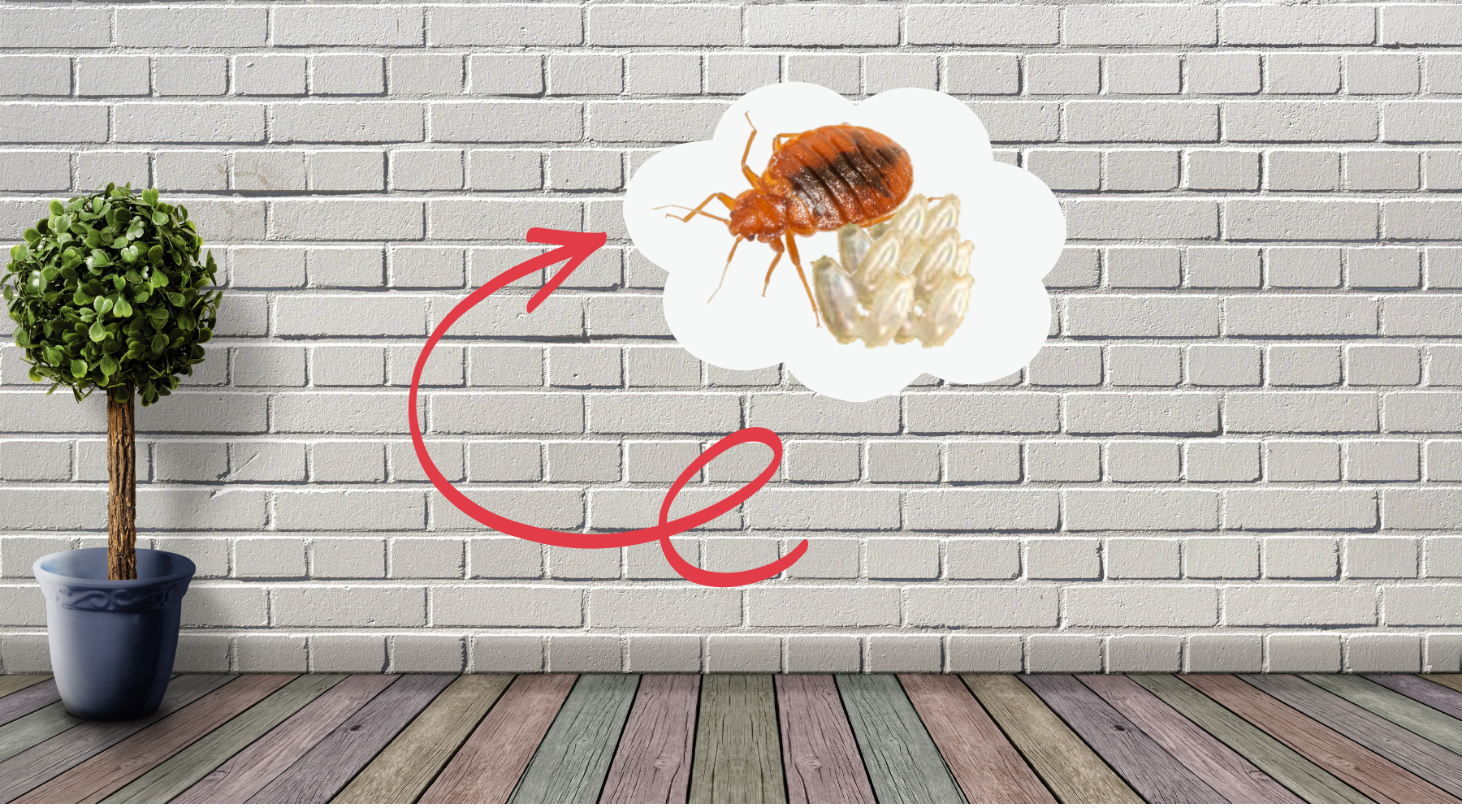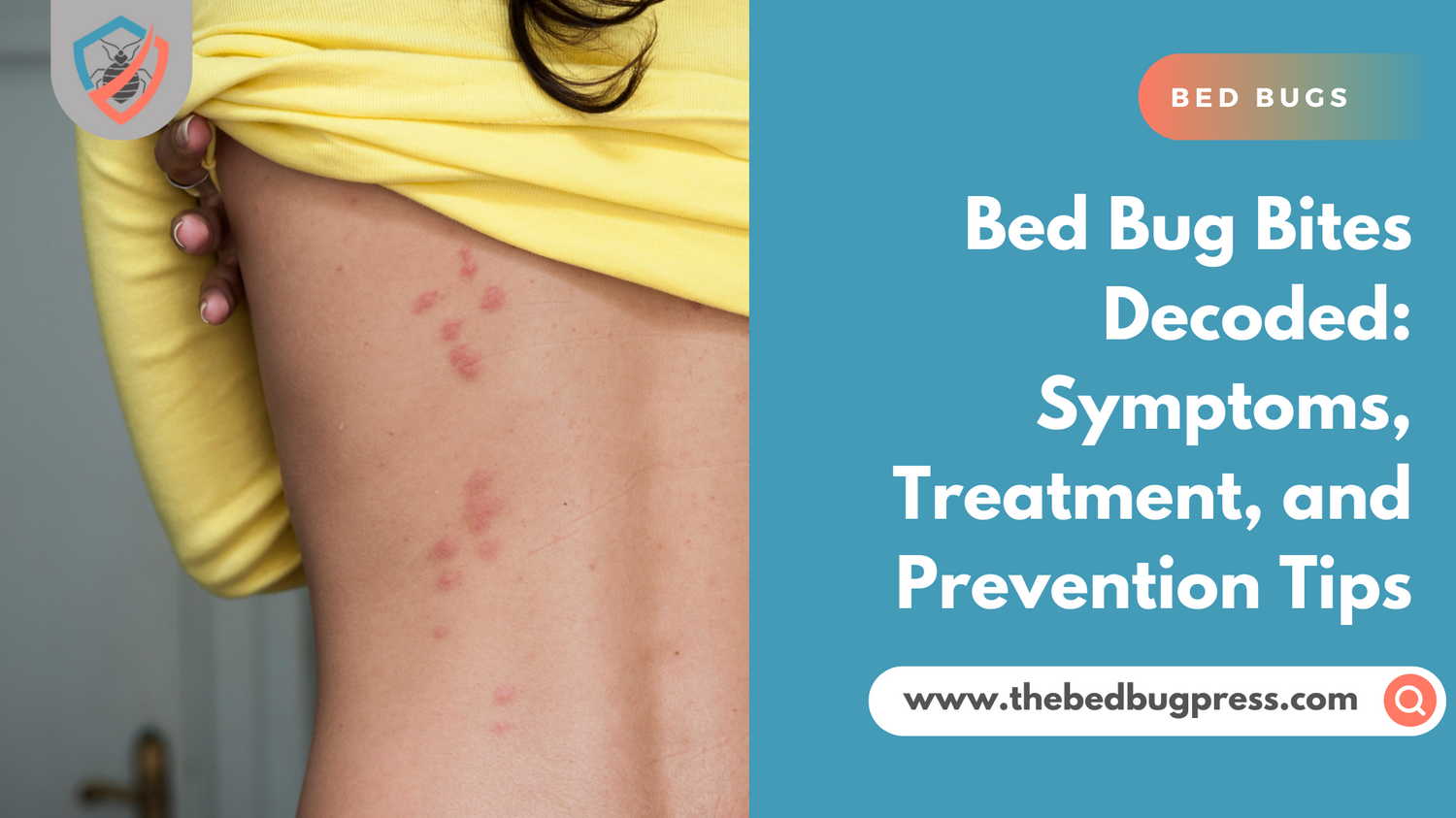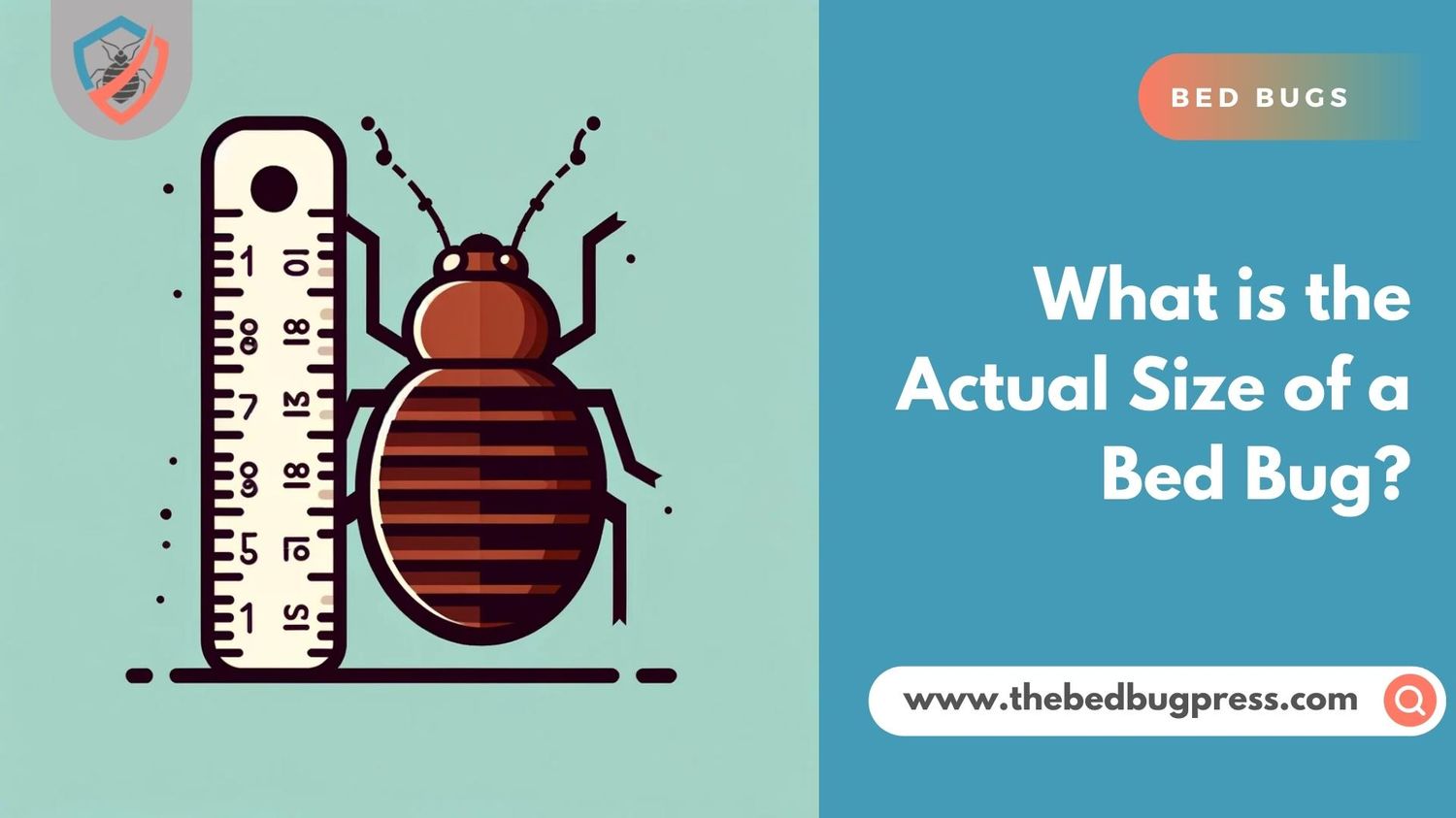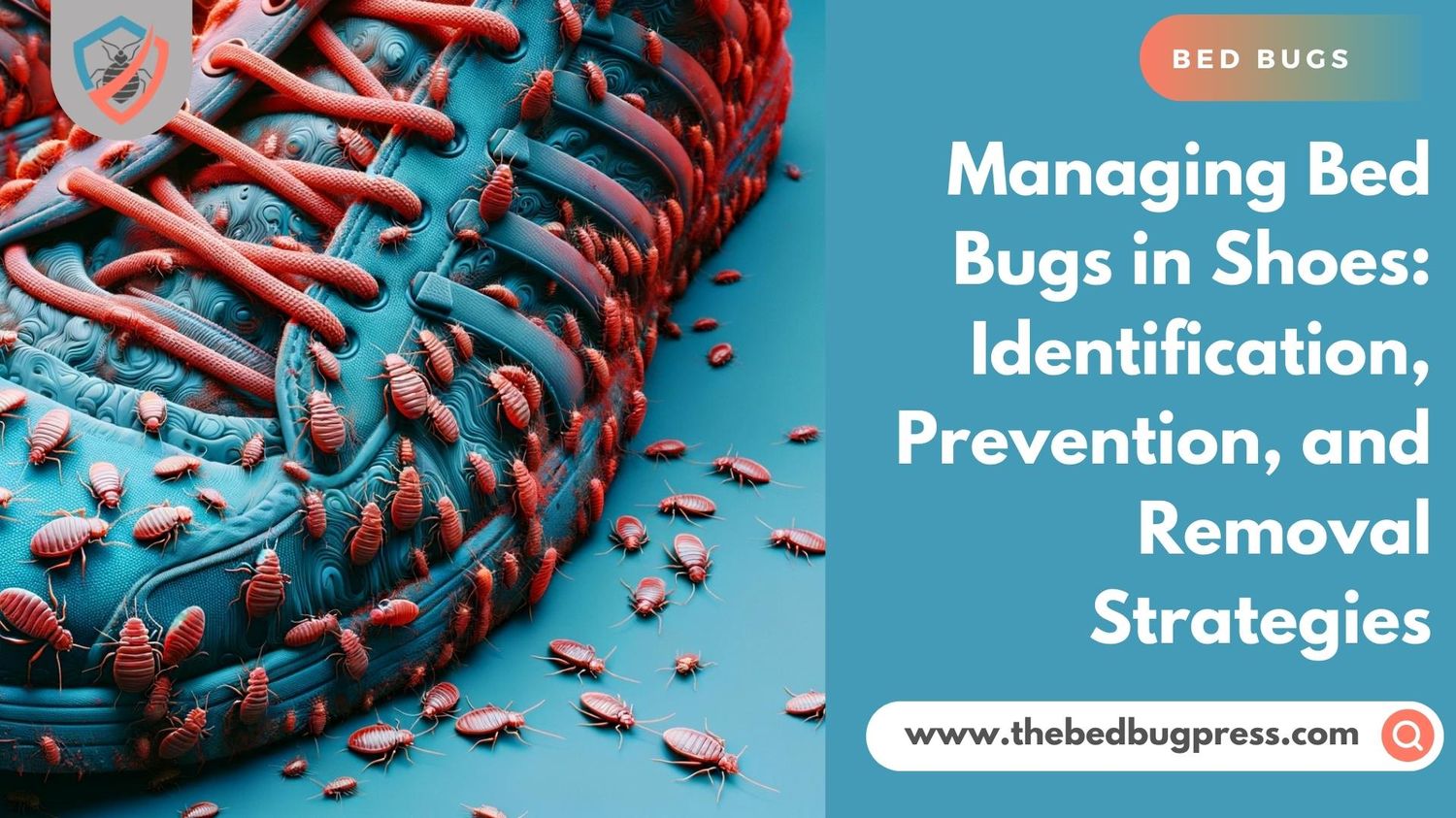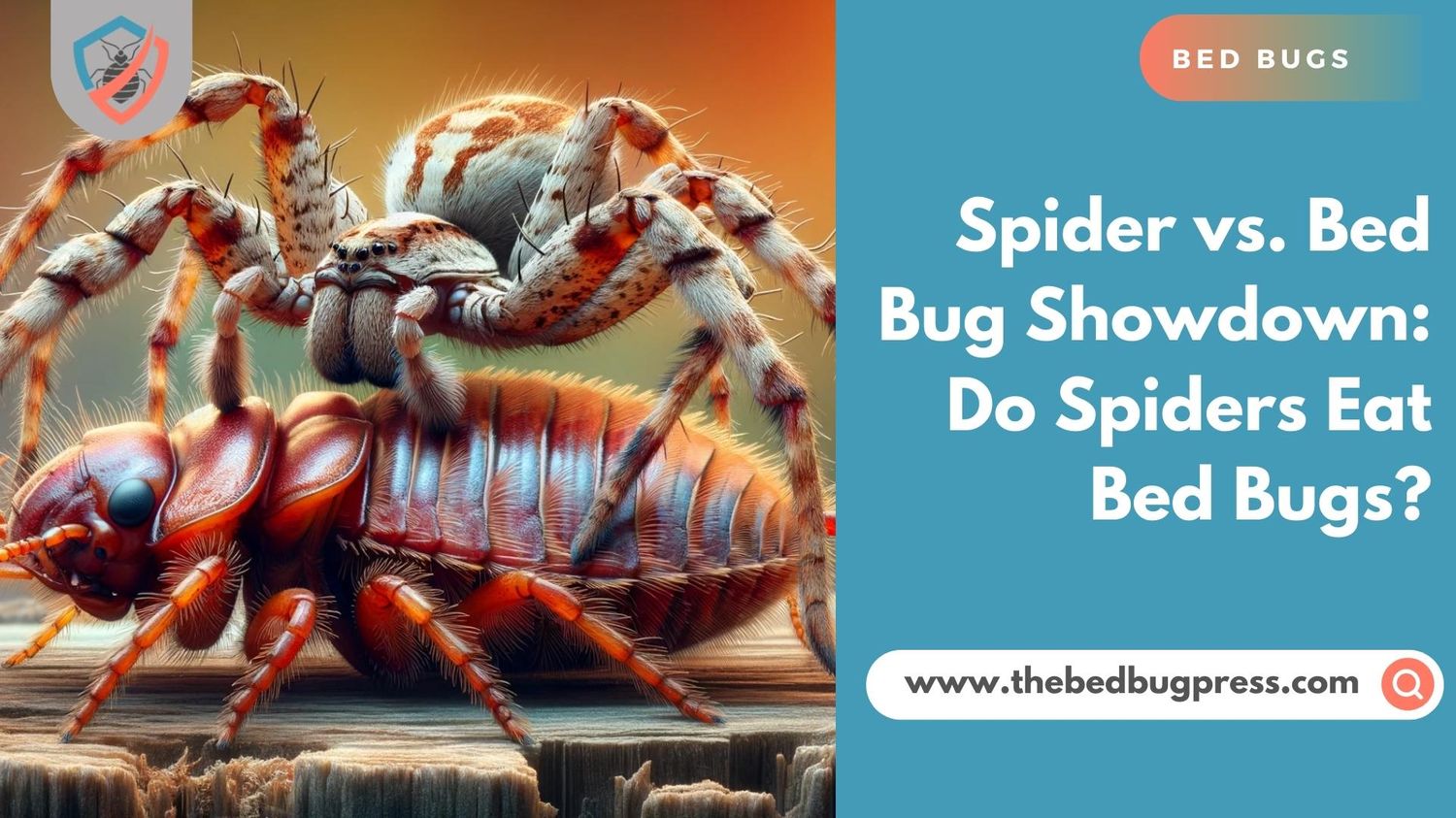Bed bugs love to lay eggs in furniture, bed frames, mattress, and box spring because these places provide easy access to their food source. You may even find marks of bed bug eggs on wall when the infestation is severe. An adult bed bug can travel far and will move to other rooms to look for a blood meal.
Bed bug infestations usually start small but can quickly grow if they have been feeding for months. After all, adult female bed bugs reproduce hastily and can lay up to 5-bed bug eggs daily if they can feed continuously.
Do Bed Bugs Lay Eggs on Walls?

Yes, bed bugs lay eggs on the wall. If the wall has cracks and crevices that can fit a credit card, then do not be surprised if you find bed bug eggs on your wall. These critters love living near their host, so they will head to a nearby crevice or crack where they can hide or lay bed bug eggs until the next blood meal.
They use electrical wires and pipes as paths into homes. It is usually how a bed bug infestation spreads from one room to another in single-family homes. Bed bugs may also hide in your luggage or clothing. That is why you should thoroughly inspect and clean these items after any travel.
Bed bug eggs can be hard to find because they are small and almost completely see-through. Since the bed bug eggs are sticky, female bed bugs can lay them on almost any surface like the ceiling or walls.
The bed bug eggs are normally laid in clusters or pods in hidden spots. Adult bed bugs crawl under loose wallpaper, between cushions, behind wall hangings, on curtains, in the seams of upholstered chairs or couches, and around electrical appliances.

Do Bed Bug Eggs Stick to Walls?
Bed bugs can be visible on walls, once bed bugs eggs hatch, especially adult bugs or nymphs (baby bed bugs). They are generally reddish-brown in color and can be seen crawling on walls, ceilings, or other surfaces. However, they are very small, typically around the size of an apple seed, so they can be difficult to spot.
They are usually laid in clusters and are often found in cracks and crevices near a bed or other areas where people sleep. They can also be found on walls, but they do not “stick” to walls in the way that some other bug eggs might. They are usually found in the corners of walls or in other tight spaces.
They are also very good at hiding in tight spaces, so they may not always be visible on walls, even if they are present. It’s also worth noting that bed bugs can also be found in different life cycle stages like eggs, nymph and adult, bed bugs eggs will be hard to spot because of their size and color which can blend with the wall or furniture. You should be more familiar with what bed bug eggs look like to identify them properly.

What Can be Mistaken for Bed Bug Eggs?
Some things that can be mistaken for bed bug eggs include:
Carpet beetle eggs
Spider eggs
Tick eggs
Flea eggs
Lice eggs
Scales of skin shed by bed bugs or other insects
Small white or translucent items such as sugar or lint
It’s important to correctly identify bed bug eggs in order to effectively eliminate an infestation. Identifying bed bug eggs properly will help you find the right treatment to kill bed bug eggs as well as adult bed bugs.
Signs of a Bed Bug Infestation

If you suspect bed bugs infesting your home, here are the most common signs of a bed bug infestation to confirm your suspicion:
· Dark spots on the walls or mattress
These are fecal stains from bed bugs. Be mindful of the stains that are smeared on the wall as you may never know if these are from adult bed bugs lurking on your walls.
· White dots on the furniture joints
Small white spots often indicate bed bug eggs or nymphs. Be familiar with what bed bug eggs look like so you will not mistake them for random white spots or specks.
· Bed bug shells and eggs
If your home is bedbug-infested, you may find shed skin or eggshells on the walls, near the headboard, box springs, and wooden furniture. bed frame, or along the sides of your mattress. Hatched bed bug eggs or crushed bed bug eggs may leave behind small yellow spots on fabrics.
The skin that bed bugs shed is translucent, slightly crusty, and pale yellow. Look for skin husks in all possible adult bed bug hiding spots such as behind the headboard. Remember, bed bugs prefer wood and fabric more than metal and plastic.
· Bed bug bites

Bed bug bites usually appear in a row of red, itchy bumps. They bite with a unique pattern, so you can easily differentiate them from mites or flea bites. The site of bed bug bites may be inflamed as well.
However, not everyone gets red bumps on their skin after being bitten by bed bugs. That is why you should inspect your home for bed bug infestations regularly. Just because you are not getting visible bites does not mean that your house is bed bug-free.
· Musty smell
Bed bugs release alarm pheromones when they are threatened or crushed. This odor smells like the scent of a stink bug. It may smell woody, sweet, musty, or rotten for some people. The smell is often compared to the odor of concentrated coriander.
These alarm pheromones can leave behind yellowish marks on fabric as well. If you cannot determine whether it is a bed bug infestation or not, try replacing the bedsheets with new ones.
If the odor reappears immediately, the bugs may be actively producing pheromones. And if you notice a musty odor near fabrics or old furniture, you should check these items for bed bugs as well.
· Bloodstains on your bed sheets
Bed bugs feed constantly until their bodies are completely inflated with blood. This blood pours out and creates a red stain if you crush bed bugs while they are feeding. You may find partial remains of the bugs near the stains as well.

Can You Kill Adult Bed Bugs and Kill Bed Bug Eggs by Painting the Walls?
Bed bugs are naturally weak and cannot handle all kinds of surfaces. The mouthparts of these critters are designed for sucking blood, but that is all they can do. These mouthparts cannot claw or chew through surfaces. Therefore, painting the walls can help get rid of bed bugs and kill eggs on the walls.
Do not forget to seal the crevices and cracks on the wall before applying paint. Apply the right amount of sealant on the walls. The sealant will protect the rest of your home from bed bugs if applied properly. You will never have to worry about bed bugs hiding in the baseboards, furniture, or bed.

What Kills Bed Bugs and Their Eggs?
The most effective method to kill adult bed bugs and bed bug eggs includes heating the soil, disinfecting, and removing dust. Some more effective methods can prove expensive and disrupt your daily life, but they might require the permanent removal of bed bugs as well as bed bug eggs from your life. I want to go further into this method here.

What is the Ideal Temperature to Kill Bed Bug Eggs
The temperature where the bed bug dies is called a “thermal death point”. At certain temperatures, the bugs begin to hydrate at every stage. Bugs will die within an hour depending on their temperature level. The temperature in bed bugs is 45oC. A 1.5-hour acclimatization at this temperature will eliminate insects at every stage of their development.
If you increase the temperature by about 45°C, the duration required for killing a bedbug is three times less than 30 minutes. The technician will need specialized equipment if heat treatments can’t be used. The building is heated at the required temperature.

How to Remove Bed Bugs and Eggs from the Walls
Clean the walls
Wash the walls to remove live bed bugs and their eggs as well as feces. This will also help you determine how infested the walls are. You can use a handheld vacuum cleaner or one with a hose attachment to reach the spots that are probably housing many bed bugs.
Steam cleaning
Steam the crevices and cracks in your home. A bed bug steam cleaner will penetrate deep into the crevices and cracks and kill the bugs that you were not able to reach with a vacuum cleaner.
The best thing about this machine is that it kills both adult bed bugs and eggs. Steam all corners of the walls for the best results. You can use a brushless tip attachment to force steam into the cracks and crevices. Move gradually, approximately 1″ per second, to give the steamer enough time to heat the infested area.
It is more practical to use a steam cleaning machine on baseboards, draperies, carpets, and furniture. You can also wash and dry your items on high heat for half an hour. Items that cannot be washed can be placed in the dryer on high heat for thirty minutes.
Store the items you have treated in sealed plastic bags to prevent bed bugs from infesting them again.
Use bed bug killer and residual pesticides
Treat the infested areas with a spray that kills bed bugs upon contact. Pay close attention to the wall outlets, wallpaper edges, and baseboards. Do not spray inside the wall outlets.
You should also use a residual pesticide to prevent bed bugs from coming back and starting another infestation. The pesticide will protect your home from bed bugs for months.
Seal off hiding spots
Seal off all possible hiding spots of bed bugs. You can seal crevices and cracks with caulk or paint the wall to prevent bed bugs from using these areas as their hiding spot. Remove peeling paint and wallpaper as well.

Conclusion
Removing bed bug eggs on walls is incredibly challenging, but the tips stated above will help reduce the cost of hiring pest controllers. It is a good idea to treat your entire home to prevent another bed bug infestation from taking place.
Remember, bed bugs can use wall voids and electrical conduits to move from one place to another. Therefore, you need to treat these areas with DE (diatomaceous earth). Use pure diatomaceous earth and other bed bug treatment methods for the best results. Diatomaceous earth works best on large furniture. For smaller belongings, you will get better results with heat treatment.
Additionally, it is important to be vigilant when it comes to preventing bed bug infestations. Regularly inspect your home, paying close attention to areas such as the bed, sofas, and other furniture. Also, be sure to check for bed bugs when you travel, as they can easily hitch a ride on your luggage and clothing.

You can also take steps to prevent bed bugs from entering your home in the first place. Use mattress and box spring encasements, and make sure to seal any cracks or crevices around your home. Additionally, use sticky traps to monitor for bed bugs in your home.
Overall, bed bug infestations can be difficult to manage, but with the right techniques and a bit of persistence, you can get rid of bed bugs in your home. It is important to be proactive when it comes to preventing bed bug infestations and to take the necessary steps to eliminate any bed bugs that do make it into your home. With the right approach, you can enjoy a bed-bug-free home.

